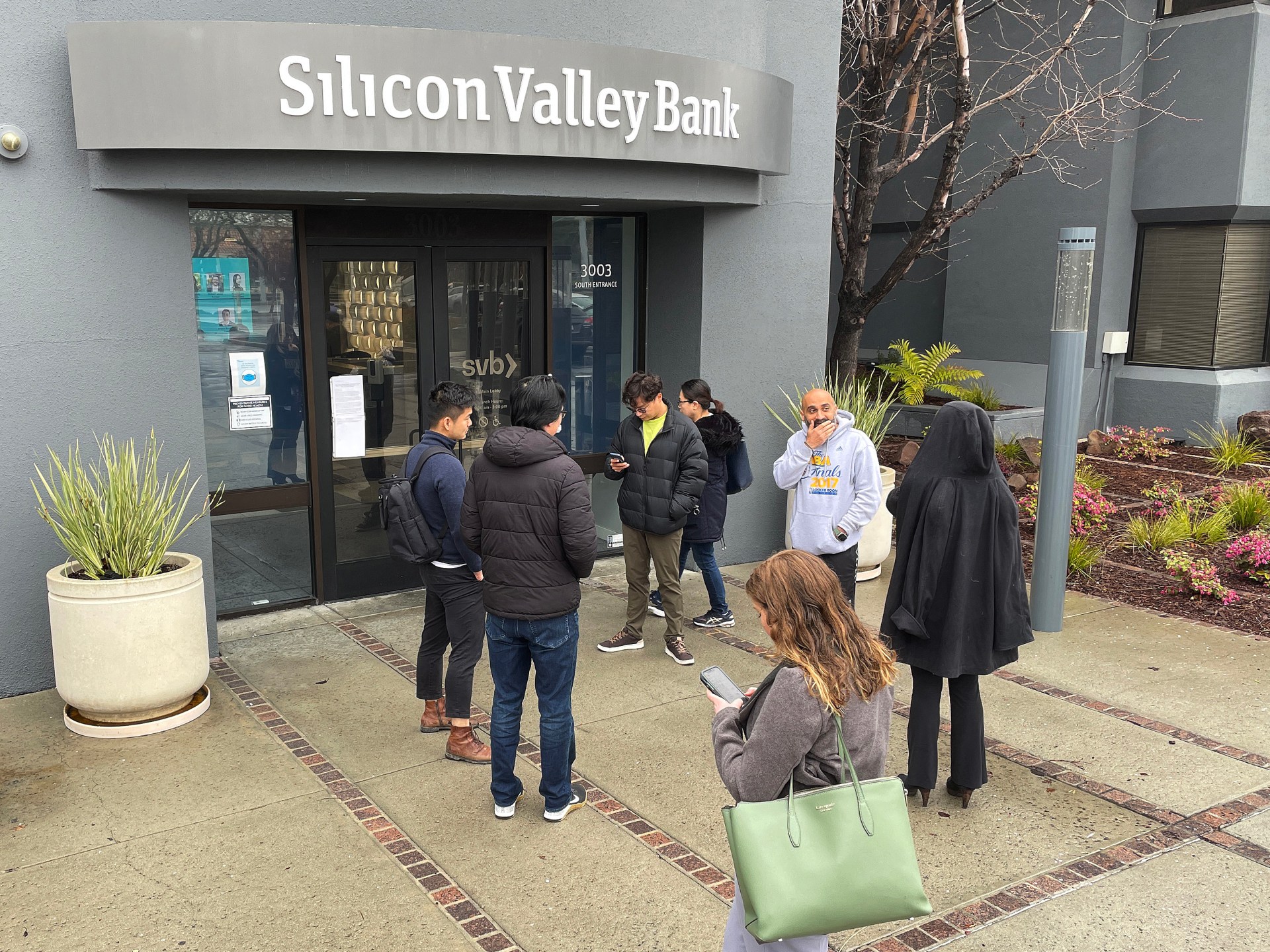US Fed plans broad revamp of bank oversight after SVB failure | Business and Economy News
The United States Federal Reserve has issued a detailed and scathing assessment of its failure to identify problems and push for fixes at Silicon Valley Bank before the lender’s collapse and promised tougher supervision and stricter rules for banks.
In what Fed Vice Chairman for Supervision Michael Barr called an “unflinching” review of the US central bank’s supervision of SVB, the Fed said on Friday that its oversight of the Santa Clara, California-based bank proved inadequate and that regulatory standards were too low.
“SVB’s failure demonstrates that there are weaknesses in regulation and supervision that must be addressed,” Barr said in a letter accompanying a 114-page report supplemented by confidential materials that are typically not made public.
While it was the regional bank’s own mismanagement of basic risks that was at the root of SVB’s downfall, the Fed said, supervisors of SVB did not fully appreciate the problems, delaying their responses to gather more evidence even as weaknesses mounted, and failed to appropriately escalate certain deficiencies when they were identified.
At the time of its failure, SVB had 31 unaddressed citations on its safety and soundness, triple what its peers in the banking sector had, the report said.
One particularly effective change the Fed could make on supervision would be to put mitigants in place quickly in response to serious issues on capital, liquidity or management, a senior Fed official said.
Increased capital and liquidity requirements also would have bolstered SVB’s resilience, the Fed added. Barr said as a consequence of the failure, the central bank will re-examine how it supervises and regulates liquidity risk, beginning with the risks of uninsured deposits.
Regulators shut SVB on March 10 after customers withdrew $42bn on the previous day and queued requests for another $100bn the following morning.
The historic run triggered massive deposit outflows at other regional banks that were seen to have similar weaknesses, including a large proportion of uninsured deposits and big holdings of long-term securities that had lost market value as the Fed raised short-term interest rates.
New York-based Signature Bank failed two days later – the Federal Deposit Insurance Corporation is due to release its review of that collapse later on Friday – and the Fed and other United States government authorities moved to head off an emerging crisis of confidence in the banking sector with an emergency funding programme for otherwise healthy banks under sudden pressure and guarantees on all deposits at the two banks.
Change in supervisory practices
Before the twin failures in March, banking regulators had focused most of their supervisory firepower on the very biggest US banks, which were seen as critical to financial stability.
The realization that smaller banks are capable not only of causing ructions in the broader financial system but of doing it at such speed has forced a rethink.
“Contagion from the failure of SVB threatened the ability of a broader range of banks to provide financial services and access to credit for individuals, families and businesses,” Barr said. “Weaknesses in supervision and regulation must be fixed.”
In its report, the Fed said that from 2018 to 2021, its supervisory practices shifted and there were increased expectations for supervisors to accumulate more evidence before considering taking action. Staff interviewed as part of the Fed’s review reported pressure during this period to reduce burdens on firms and demonstrate due process, the report said.
From 2016 to 2022, as assets in the banking sector grew 37 percent, the Fed’s supervision headcount declined by 3 percent, according to the report.
As SVB itself grew, the Fed did not step up its supervisory game quickly enough, the report showed, allowing weaknesses to fester as executives left them unaddressed, even after staff finally did downgrade the bank’s confidential rating to “not well-managed”.
The Fed is looking at linking executive compensation to fixing problems at banks designated as deficient on management so as to focus executives’ attention on those problems, a senior Fed official said in a briefing.
While the fallout from the failures of SVB and Signature has slowed, some firms are still feeling the effects. San Francisco-based First Republic Bank is struggling for survival after reporting this week that its deposit outflows after the SVB and Signature collapses exceeded $100bn.




